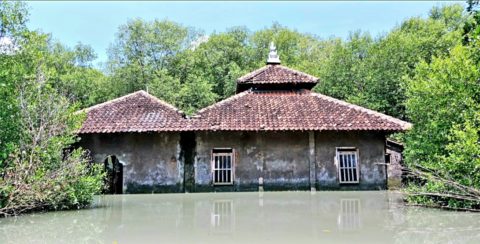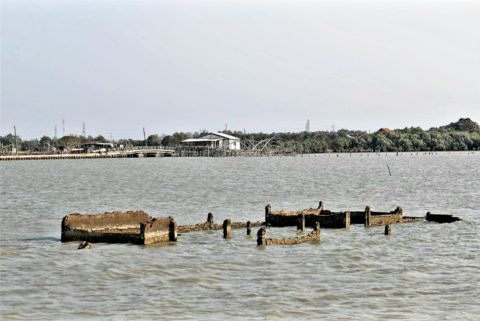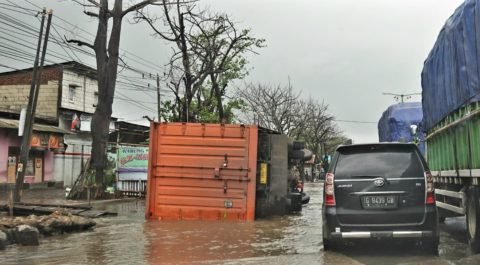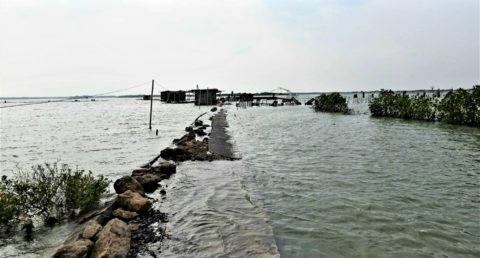
Mangroves: cost-efficient and risk-informed coastal defence infrastructure for Indonesia
-
Coastal resilience
“Making infrastructure more climate-resilient can have a benefit-cost ratio of about six to one. For every dollar invested, six dollars can be saved. This means that investing in climate resilience creates jobs and saves money.”- the statement was made by Antonio Guterres, UN Secretary General on the occasion of the International Day for Disaster Risk Reduction 2019. Our experience from Indonesia strongly supports the actuality of this remark.
DRR Day is celebrated every October 13 since 1989, at the call of the UN General Assembly to promote solutions to reduce exposure to disasters and prepare for the hazards people face. The key message for this year’s celebration was that the critical infrastructure and public facilities, that serve the basic interests of communities, must be risk-informed and resilient to climate change, and thus, will provide better security and reduce fatalities when disasters hit.
Integrating wetlands such as mangroves, alone or in combination with engineered approaches, can deliver such critical infrastructure for coastal defence, and deliver various other public services. We call this the Building with Nature approach, providing socially and ecologically inclusive water engineering.[1]

As stated in the recently released flagship report by the Global Commission on Adaptation , mangrove forests provide more than $80 billion per year in avoided losses from coastal flooding—and protect 18 million people. They also contribute almost as much ($40–50 billion per year) in non- market benefits associated with fisheries, forestry, and recreation. Combined, the benefits from mangrove preservation and restoration are up to 10 times the costs. Healthy mangrove ecosystems are especially effective for resilience building in the face of disasters when combined with efforts to sustain or restore other wetland ecosystems, such as seagrass beds and coral reefs.

These functions are usually only realised and felt when the wetland ecosystem is damaged, severely disrupted or even lost. In Demak in the North Coast of Java for example, mangrove forests were converted into unsustainable aquaculture. Today coastal communities have lost more than two kilometres of land, houses, bridges, roads, cemeteries and their livelihoods as a result of coastal erosion. Today they are exposed to prolonged tidal floods, sea level rise and storm surges. Land subsidence, caused by the over-extraction of ground water has accelerated this situation. Two entire villages in Demak were already forced to move to a higher place. Walking through the villages, we see a broken bridge, a road that is below the surface of the water, electric poles standing in the middle of the water and fish ponds that no longer have dikes.


This evidence from Demak should be a valuable lesson that human arrogance to fight nature for short-term interests will only pose a threat when disaster strikes. Hard engineering solutions will only further destroy the sediment balance in this area, are too expensive and don’t deliver any co-benefits. Ecosystem restoration activities may still be possible, like we do through Building with Nature in Demak, but that also requires serious and ecologically insightful efforts with financial support, technical capability, cross-sectoral collaboration and extraordinary policy backing. In the long run 30 million people along the North Coast of Java may be affected by coastal erosion. Therefore, let’s prevent this situation in the first place and Build with Nature from the start!
Bogor, 13 October 2019, Yus Rusila Noor, Wetlands International Indonesia
[1] ADAPT NOW: A GLOBAL CALL FOR LEADERSHIP ON CLIMATE RESILIENCE, The Global Commission on Adaptation, September 2019.
